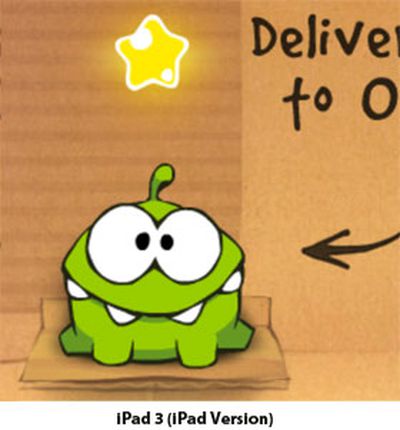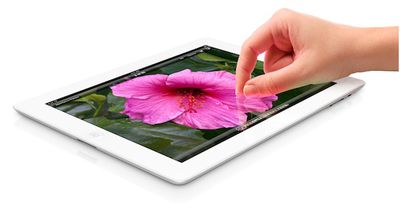Reuters relays rumors from a South Korean newspaper which revives claims of a larger screen on the next iPhone.
Apple has decided on the bigger 4.6-inch display for its next iPhone and started placing orders to its suppliers, the Maeil Business Newspaper said, quoting an unnamed industry source.
A 4.6-inch screen, however, would be significantly larger than that has been previously rumored. There have been persistent rumors that the next generation iPhone would carry a larger 4" screen. And we are convinced that Apple had exactly such designs in late prototype stages in China. The proliferation of iPhone cases with measurements of at least a 4" screen seemed to suggest that a number of suppliers were also convinced of that fact.
A 4.6" screen, however, is even harder to believe, and would place the new iPhone amongst the largest screen sizes available on a smartphone. Here's a comparison shot between the 4.65" screen of the Galaxy Nexus and the iPhone 4S which has a 3.5" screen.
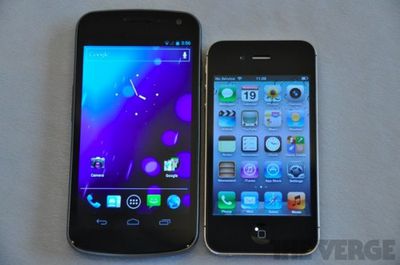 TheVerge comparison between Galaxy Nexus (4.65") and iPhone 4S (3.5")
TheVerge comparison between Galaxy Nexus (4.65") and iPhone 4S (3.5")Apple has been consistent by offering the same screen size (3.5") across five generations of iPhones, so any change would be notable. The reason this particular claim seems most dubious, however, is the fact that it comes from an otherwise unknown Korean media source with no track record.
Still, it's hard to dismiss the talk of a larger 4" iPhone screen completely. Back in November, iLounge first reported that the 3rd Generation iPad would be "approximately 0.7 mm" thicker than the iPad 2. As it turns out, they were on the mark with the actual new iPad being 0.6 mm thicker (per official specs) than the previous design. The same source that provided that information had this to say about the next generation iPhone:
Our source says that the next-generation iPhone will not look like the teardrop-shaped version that was widely rumored for release in 2011. We’ve been told that the device will have a 4-inch display and will be 8mm longer than before, with a metal casing (probably aluminum). It is on track to be introduced in summer of 2012, and is still in the engineering phase, not early production. We suspect that poor battery life doomed the prior prototype version, and that this one is being built with LTE-ready battery drain in mind.


 Netflix's
Netflix's 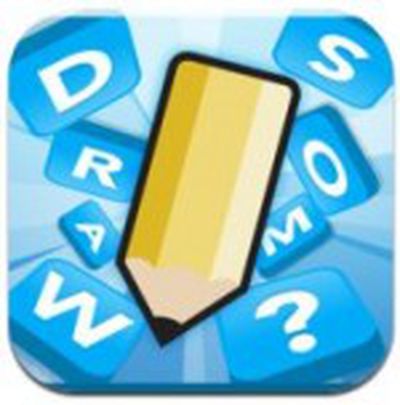 Social game-maker Zynga has
Social game-maker Zynga has 
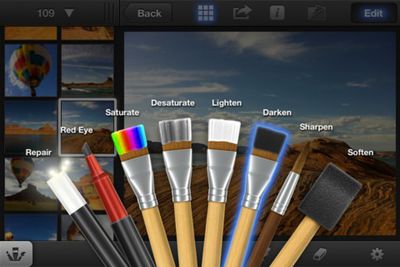
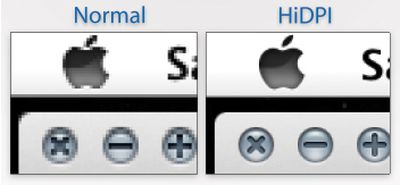
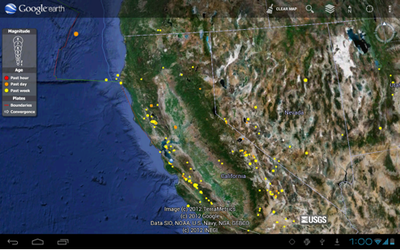


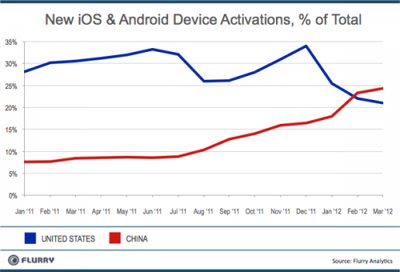

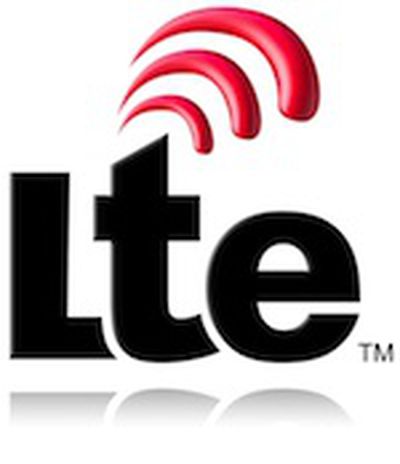
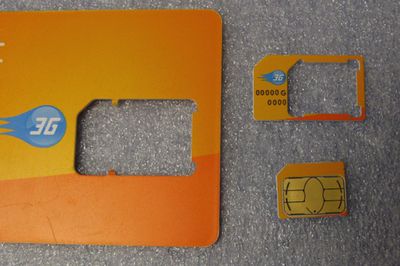

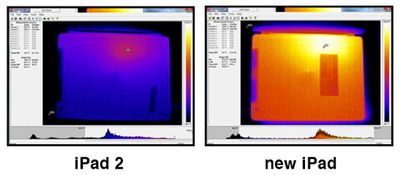
 Worldwide, all Apple hardware comes with a one-year warranty. On most products, that warranty can be extended to 2 or 3 years with AppleCare. However, in the European Union, the law requires manufacturers cover goods for two years.
Worldwide, all Apple hardware comes with a one-year warranty. On most products, that warranty can be extended to 2 or 3 years with AppleCare. However, in the European Union, the law requires manufacturers cover goods for two years.
